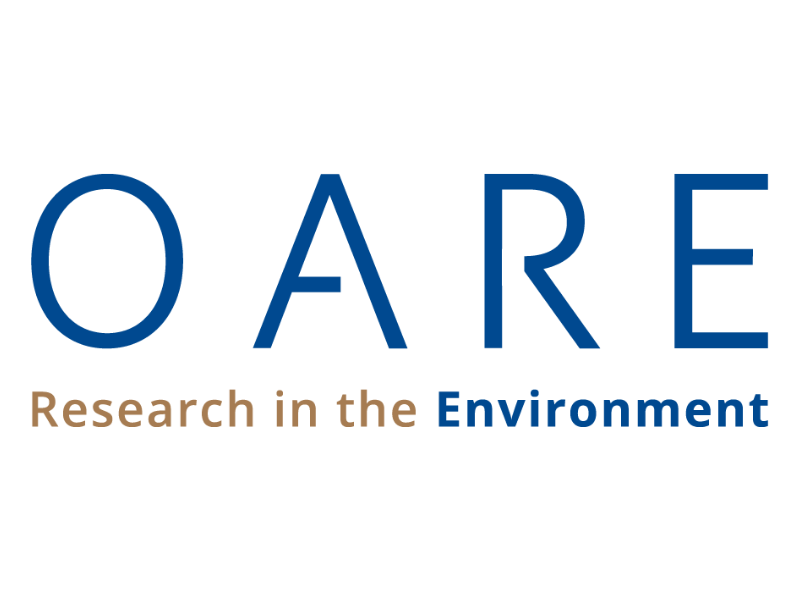Caracterización fenotípica de aislamientos de Malassezia spp., de origen canino
Phenotypic characterization of canine Malassezia spp., isolates
Mostrar biografía de los autores
RESUMEN
Objetivo. Caracterizar e identificar levaduras del género Malassezia, mediante características fenotípicas. Materiales y métodos. Inicialmente se describieron las características morfológicas macroscópicas y microscópicas, adicionalmente se realizaron pruebas bioquímicas y fisiológicas como Tween y Cremophor, entre otras. Resultados. De 105 aislamientos de caninos diagnosticados previamente con otitis, 46 fueron caracterizados hasta especie, así: El 36.19% (n=38) correspondió a M. pachydermatis, el 7.2% (n=8) a M. furfur; y 56.19% (n=59) restante fueron reportados como Malassezia spp., debido a los patrones fenotípicos atípicos que presentaron, y que podrían corresponder a variantes de M. furfur y/o M. pachydermatis. Conclusión. Estos resultados enfatizan la necesidad de hacer una caracterización a nivel de especie y/o genotipos mediante marcadores moleculares que permitan una identificación más precisa de los aislamientos. Con el presente estudio, se contribuye al conocimiento de las diferentes especies involucradas en patologías óticas en caninos.
Visitas del artículo 1701 | Visitas PDF
Descargas
- Cafarchia C, Gallo S, Romito D, Capelli G, Otranto D. New insights into the Diagnosis and the Pathogenicity of Malassezia Yeasts. Vet Res commun 2006; 30:231-234. https://doi.org/10.1007/s11259-006-0048-2
- Ashbee H. Update on the genus Malassezia. Med Mycol 2007; 45:287-303. https://doi.org/10.1080/13693780701191373
- Crespo V, Crespo M, Gómez E. Diagnóstico de laboratorio de las levaduras del género Malassezia. Piel 2008; 23(10):570-576.
- https://doi.org/10.1016/S0213-9251(08)75801-5
- Torres E, Arenas R, Atoche-Diéguez C. Infecciones causadas por el género Malassezia. Med Cutan Iber Lat Am 2008; 36(6):265-284.
- Cafarchia C, Gallo S, Capelli G, Otranto D. Occurrence and population size of Malassezia spp. in the external ear canal of dogs and cats both healthy and with otitis. Mycopathologia 2005; 160(2):143-149. https://doi.org/10.1007/s11046-005-0151-x
- Khosravi A, Eidi S, Ziglari T, Bayat M. Isolation and differentiation of Malassezia species isolated from healthy and affected small animals, ear and skin. World J Zool 2008; 3(2):77-80.
- Angus J. Otic cytology in health and disease. Vet Clin Small Anim 2004; 34(2):411-424. https://doi.org/10.1016/j.cvsm.2003.10.005
- Saridomichelakis M, Farmakit R, Leonidas S, Koutinas A. Aetiology of canine otitis externa: a retrospective study of 100 cases. Vet Dermatol 2007; 18(5):341-347. https://doi.org/10.1111/j.1365-3164.2007.00619.x
- Zur G, Lifshitz B, Bdolah-Abram T. The association between the signalment, common causes of canine otitis externa and pathogens. J Small Anim Pract 2011; 52(2):254-258. https://doi.org/10.1111/j.1748-5827.2011.01058.x
- Ginel P, Lucena R, Rodriguez J, Ortega J. A semiquantitative cytological evaluation of normal and pathological samples from the external ear canals of dogs and cats. Vet Dermatol 2002; 13(3):151-156. https://doi.org/10.1046/j.1365-3164.2002.00288.x
- Guillot J, Breugnot C, De Barros M, Chermette R. Usefulness of modified Dixon's medium for quantitative culture of Malassezia species from canine skin. J Vet Diagn Invest 1998; 10:384-386
- https://doi.org/10.1177/104063879801000418
- Guého-Kellermann E, Boekhout T, Begerow D. Biodiversity, Phylogeny and Ultrastructure. In: Boekhout T, Guého E, Mayser P, Velegraki A. Malassezia and the skin. Science and Clinical Practice, Germany: Springer-Verlag; 2010. https://doi.org/10.1007/978-3-642-03616-3_2
- Guehó E, Batra R, Boekhout T. Malassezia Baillon (1889). In: Kurtzman CP, Fell JW, Boekhout T. The Yeast a taxonomic study. New York: Elsevier; 2011.
- Guarro G, Gené J, Stchigel A. Developments in Fungal Taxonomy. Clin Microbiol Rev 1999; 12(3):454-500.
- Cafarchia C, Otranto D. Association between phospholipase production by Malassezia pachydermatis and skin lesions. J Clin Microbiol 2004; 42(10):4868-4869. https://doi.org/10.1128/JCM.42.10.4868-4869.2004
- Pini G, Faggi E. Extracellular phospholipase activity of Malassezia strains isolated from individuals with and without dermatological disease. Rev Iberoam Micol 2011; 28(4):179-182.
- https://doi.org/10.1016/j.riam.2011.05.002
- Barchmann T, Hort W, Kramer H, Mayser P. Glycine as a regulator of tryptophandependent synthesis in Malassezia furfur. Mycoses 2009; 54(1):17-22. https://doi.org/10.1111/j.1439-0507.2009.01758.x
- Zuther K, Mayser P, Hettwer U, Wu W, Kindler B, Karlovsky P, et al. The tryptophan aminotransferase Tam1 catalyses the single biosynthetic step for tryptophan-dependent pigment synthesis in Ustilago maydis. Mol Microbiol 2008; 68(1):152–172.
- https://doi.org/10.1111/j.1365-2958.2008.06144.x
- Mayser P, Haze P, Papavassilis C, Pickel M, Gruender K, Guehó E. Differentiation of Malassezia species: selectivity of Cremophor- EL, castor oil and ricinoleic acid for M. furfur. Brit J Dermatol 1997; 137(2), 208-213. https://doi.org/10.1046/j.1365-2133.1997.18071890.x
- Kindo AJ, Sophia SKC, Kalyani J, Anandan S. Identification of Malassezia species. Indian J Med Microbi 2004; 22(3):179-181.
- Dos Santos F, Werner S, Pagani B, Dos Santos J. Reclassificacao taxonómica de espécies do genero Malassezia: revisao da literatura sobre as implicacoes clinicolaboratoriais. J Bras Patol Med Lab 2002; 38(3):199-204.
- Del Río J, Auladell C, Ribes E, Sagristà M, Amor M. Practiques de citología. Ed.1. Espa-a: Editorial Universitat de Barcelona. 2005.
- Mayser P, Wille G, Imkampe A, Thoma W. Synthesis of fluorochromes and pigments is Malassezia by use of tryptophan as the single nitrogen source. Mycoses 1998; 41(7- 8):265-271.
- Coutinho S. Malassezia pachydermatis: enzymes production in isolates from external ear canal of dogs with and without otitis. Arq Bras Med Vet Zootec 2005; 57(2):149-153. https://doi.org/10.1590/S0102-09352005000800003
- Álvarez R. Estadística aplicada a las ciencias de la salud. Espa-a: Ediciones Díaz de Santos; 2007.
- Guillot J, Guehó E, Lesourd M, Midgley G, Chévrier G, Dupont B. Identification of Malassezia species: A practical approach. J Medl Mycol 1996; 6(3):103-110.
- Hossain H, Landgraf V, Weiss R, Mann M, Hayatpour J, Chakraborty T, et al. Genetic and Biochemical characterization of Malassezia pachydermatis with particular attention to pigment-producing subgroups. Med Mycol 2007; 45(1):41-49.
- https://doi.org/10.1080/13693780601003827
- Batra R, Boekhout T, Guého E, Caba-es J, Dawson T, Gupta A. Malassezia Baillon, emerging Clinical Yeasts. FEMS Yeast Research 2005; 5(12): 1101-1113. https://doi.org/10.1016/j.femsyr.2005.05.006
- Cafarchia C, Latrofaa MF, Testinia G, Parisib A, Guillot J, Gasserd RB, et al. Molecular characterization of Malassezia isolates from dogs using three distinct genetic markers in nuclear DNA. Mol Cell Probe 2007; 21(3):229–238 https://doi.org/10.1016/j.mcp.2007.01.002
- Lang S, Hort W, Mayser P. Differentially expressed genes associated with tryptophandependent pigment synthesis in Malassezia furfur a comparison with the recently published genome of Malassezia globosa. Mycoses 2009; 54(4):e59-e83.























